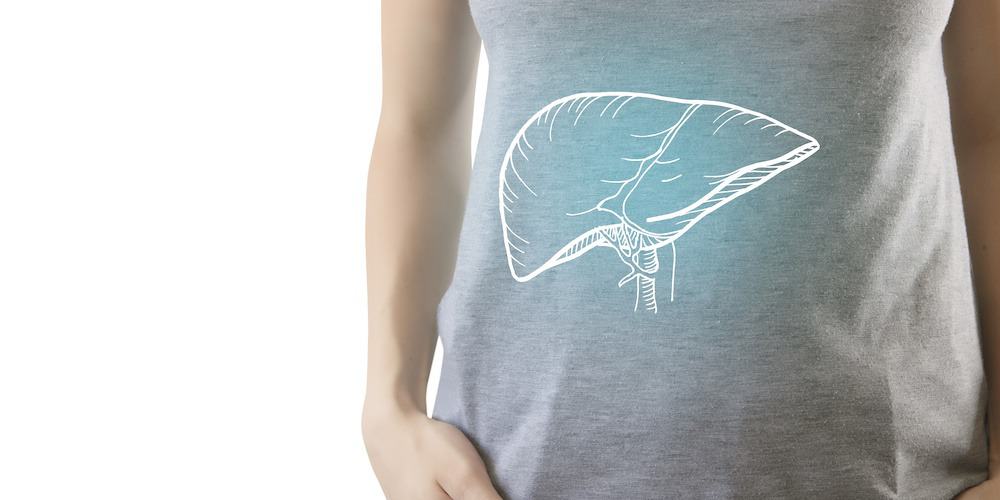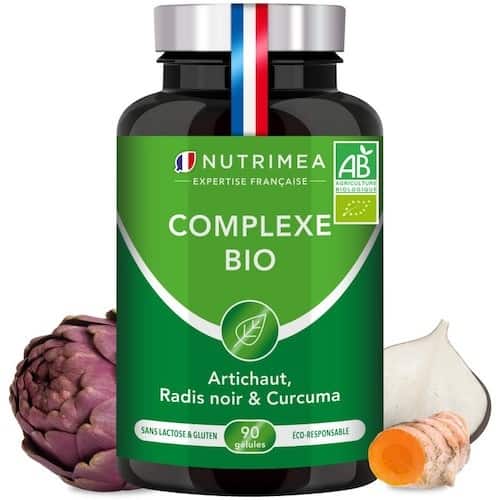The liver is the heaviest and largest internal organ of the human body after the intestine. It acts directly on each nutrient from our diet.
Its action could be compared to that of a real factory: production, storage, and waste sorting are all tasks it performs.
Indeed, its main functions are as follows: it metabolizes sugars, the brain’s fuel. It also metabolizes fats for our energy needs. It stores vitamins and minerals.
Finally, its most well-known action: it filters waste. Whether they are endogenous (like residues from intestinal fermentation in case of poor digestion) or exogenous (heavy metals, alcohol, pesticides from our diet).
Many foods can help support liver functions: here’s our top 20. And to understand everything about the liver and its functions, see after the list.
Read also | The best dietary supplements for the liver according to a pharmacist
1. Black Radish
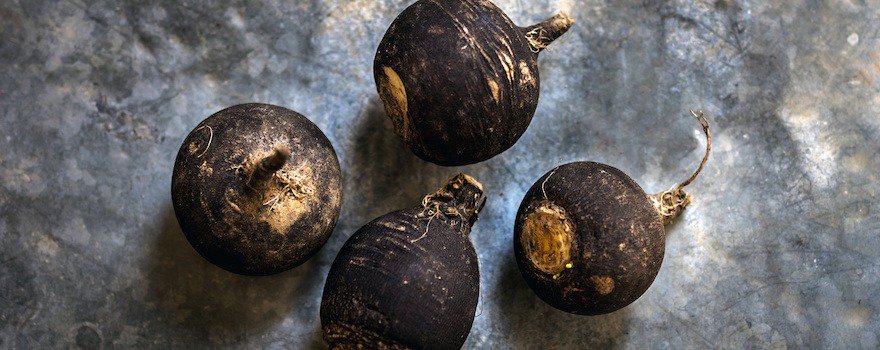
Black radish is an herbaceous plant believed to originate from Asia Minor. It has choleretic properties by promoting bile secretion and cholagogue by facilitating its evacuation to the duodenum.
Recipe ideas: Add a pronounced spicy touch to your salads by adding black radish. With a cream cheese sauce for softness or sesame seeds and a rice vinegar dressing for an Asian version. In pure or diluted juice.
Detox dietary supplement for organic liver: my selection
I recommend the organic complex by Nutrimea, which contains black radish, artichoke, and turmeric.
Nutrimea is a French brand launched in 2012. We recommend them for their reliability: they use raw materials of controlled origin and analyze the quality of their dietary supplements in an ISO 22000:2005 certified laboratory.
Their products are cheaper than many other brands on the Internet, and their packaging is fully recyclable.
To enjoy a 10% discount, use the promo code “DARWIN10“ when ordering (using this code also helps us keep our blog running).
❤ I like: The combination of 3 natural active ingredients recognized for their effectiveness, excellent value for money, and laboratory certifications.
★ Customer reviews: 4.5/5
☞ Quantity: 90 capsules / 1 month treatment
✔ Discount code -10%: DARWIN10
2. Artichoke
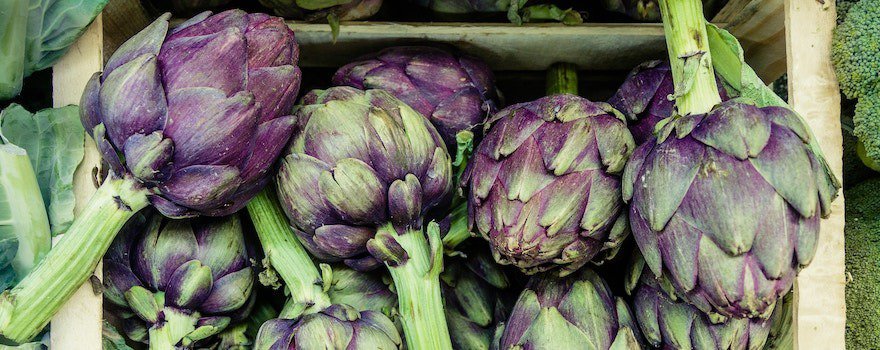
A vegetable plant, artichoke belongs to the thistle family. Cynarin, the biochemical compound it contains, gives it a choleretic function: it acts on bile secretion and aids digestion.
Recipe ideas: the leaves of the stem have the most active substances, they can be consumed in infusion for example before meals by infusing a teaspoon of dried leaves in a cup of water and then filtering, the bitterness will be there!
3. Milk Thistle

Milk thistle, commonly called wild artichoke, is a lovely plant that grows in Southern Europe. It is particularly known for its hepatoprotective properties provided by silymarin, its active element. Its ripe dried fruits are used.
Recipe ideas: it can be consumed in decoction by bringing 200 ml of water and 3 grams of Milk Thistle to a boil and letting the mixture boil for 10 minutes. Filter it and consume it preferably before meals. Milk Thistle can also be consumed in the form of oil. Prefer the one obtained by first cold pressing, and mix it with marinades or carpaccios. Roasted and ground into powder, the seeds can also be incorporated into bread dough.
4. Garlic

At the heart of the Mediterranean diet, this bulb is used to treat many ailments. It contains active principles, allicin and quercetin as well as selenium which are said to stimulate the liver in its work of cleansing the blood.
Recipe Ideas: consumed raw as a condiment, it can be added to salads. To make it more digestible, remove its germ and press it. You can also let it soak for about an hour in cold water to soften its pungent taste. Aïoli goes very well with your fish, seafood, and steamed vegetables. To give some zest to our toasts, you can rub them with raw garlic before topping them with avocado, for example, and a yogurt sauce. Finally, if you prefer cooked garlic, you can enhance your roasts with cloves of garlic in their skins.
5. Turmeric

This orange spice is a detoxifying and protective food for the liver. Turmeric is indeed rich in curcumin, an antioxidant pigment that gives it its yellow color. This stimulates bile functions and helps the liver eliminate its toxins.
Recipe Ideas: preferably consumed fresh, it can be eaten in a dish (with sautéed vegetables, pasta, in soup, and in salad, for example) or drunk as an infusion with lemon. Blend it with mild chili to get a colorful and delicious chili paste!
6. Avocado
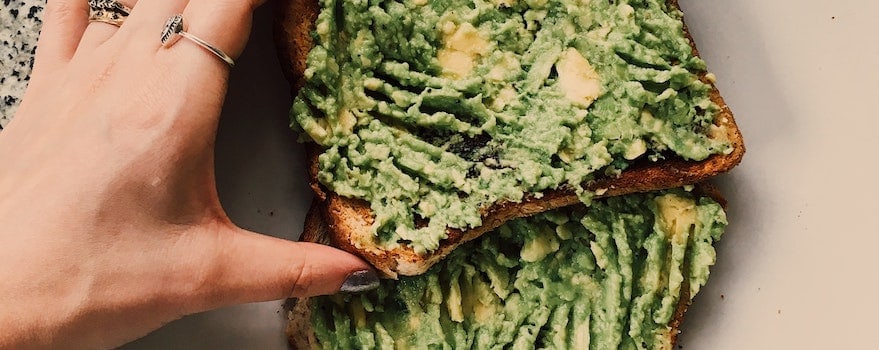
Avocado, an excellent source of antioxidants and good natural fatty acids, could help alleviate liver function.
Recipe Ideas: it can be consumed as guacamole, in salad with shrimp or salmon, as avocado toast.
7. Nettle
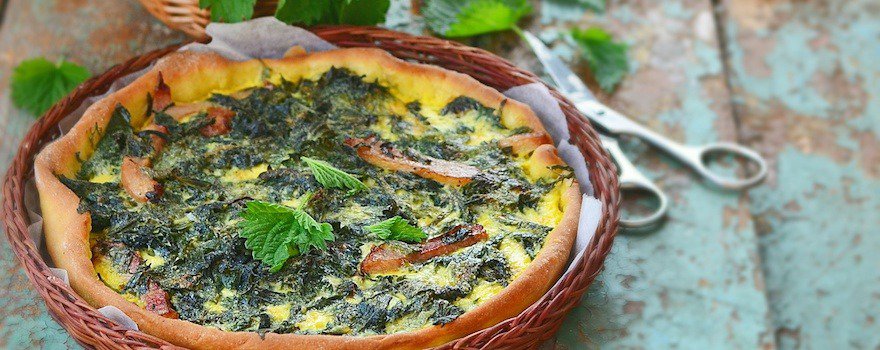
Handle with care! Despite its stinging properties, nettle is full of nutritional qualities. It contains numerous active substances, trace elements, and minerals such as potassium, calcium, iron, and a high concentration of vitamins (B group, vitamin C and E in particular). It would stimulate the secretion of bile.
Recipe Ideas: as a decoction, nettle is also consumed cooked like spinach. If you pick it yourself, don’t forget the gloves! To cook it, it is recommended to rinse it thoroughly. You can prepare it in a quiche, add potatoes and spices like coriander to accompany meat, and why not try it in pesto?
8. Matcha
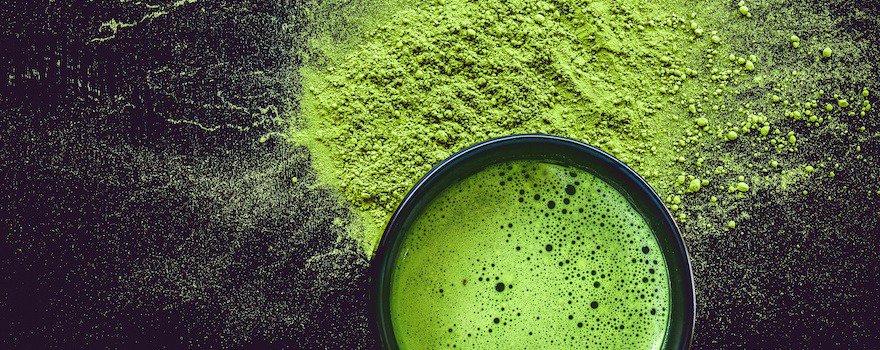
A green tea powder from Japan, matcha is rich in catechin, a flavonoid with an antioxidant role that contributes to the proper functioning of the liver, protects it and helps it eliminate toxins.
Recipe Ideas: The pure powder diluted in hot water or plant-based milk for a delicious matcha latte. Matcha is also very well incorporated into desserts and pastries!
9. Beetroot
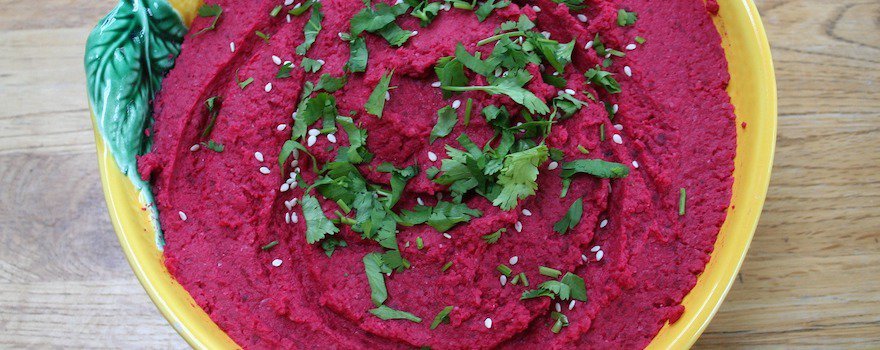
Beetroot is a vegetable that contains many antioxidants. It contains betanin, a pigment that gives it its characteristic color and is believed to have hepato-protective and choleretic properties.
Recipe Ideas: raw, it can be consumed in a salad with granny apple, for example, in a gazpacho, as a dip with fresh cheese, or mixed with chickpea hummus. Cooked, you can make a potage.
10. Astragalus

A plant native to China, it plays a protective role and improves liver functions. Its flavonoid content allows astragalus to protect the liver and kidneys by limiting damage caused by alcohol, tobacco, medications, and chemicals. Better yet, it regenerates damaged tissues.
Recipe Ideas: in powder form, it’s used diluted in a glass of water, a fruit juice or smoothie. In cooking, it can be added to a broth or a chicken soup with ginseng and astragalus roots, for example.
11. Goji Berries
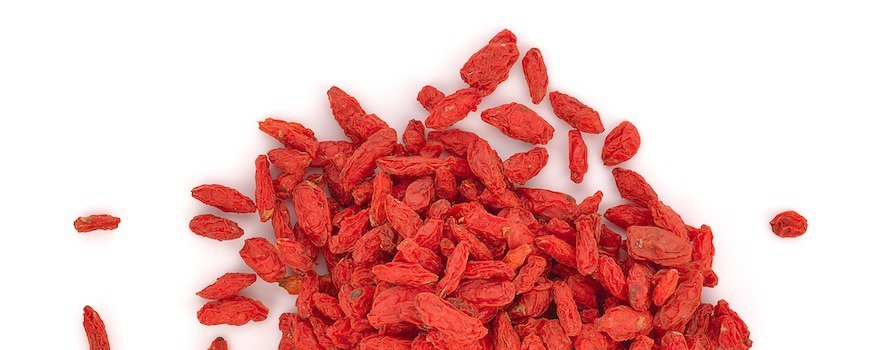
Goji berries are an exemplary detox food because they allow for easier elimination of toxins, relieving the liver’s workload and helping to protect it.
Recipe ideas: dried fruits are the most practical way to consume them, either plain, like dried fruits, or in savory or sweet recipes. They are also consumed in the form of juice.
12. Carrots
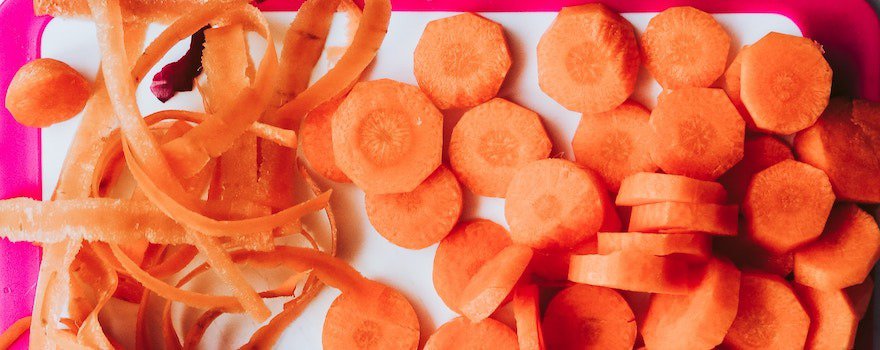
The carrot comes from a wild European species cultivated in ancient times. It contains numerous vitamins including provitamin A, vitamin C, and B group vitamins as well as minerals like potassium and iron. These elements would contribute to the proper functioning of the liver.
Recipe ideas: preferably consumed raw, it can be grated and garnished with parsley, chopped garlic, and a lemon vinaigrette. It can also be consumed in the form of juice with lemon and orange, the famous ACE cocktail. When carrots are cooked, they can be prepared à la Vichy! For this, you will need eight carrots, 50 g of butter, 1 teaspoon of sugar, salt, pepper, and flat-leaf parsley.
13. Spinach

Originating from Southwest Asia, its leaves are a concentration of minerals and trace elements such as potassium, calcium, sodium, magnesium, and vitamins including A, C, E, K. They also contain antioxidants such as lutein and zeaxanthin. The consumption of spinach would stimulate hepatocyte action.
Recipe ideas: to best preserve this plant’s nutritional richness, gentle steaming is recommended. They can also be prepared in soup with an onion and a touch of yogurt, delicious for winter. In quiche, salad, or smoothie with spinach, almond milk, and honey, the possibilities are numerous!
14. Blackcurrant
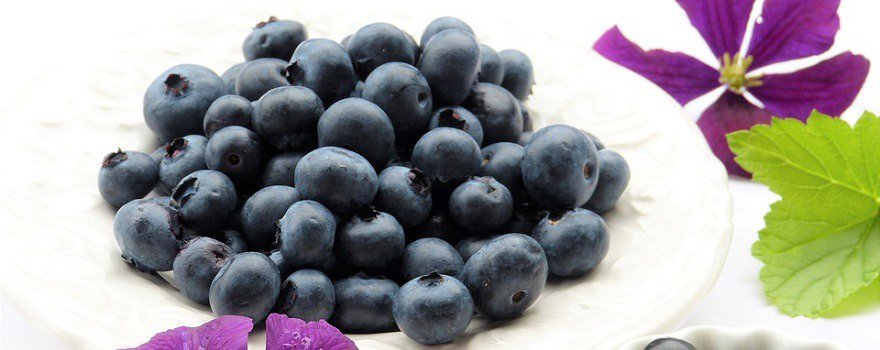
Its berries are rich in antioxidants and vitamin C. It notably contains anthocyanins (pigments present on its skin) that are believed to have protective and stimulating properties for liver function.
Recipe ideas: raw berries can be sprinkled on smoothie bowls by adding, for example, nuts like almonds or walnuts. In juice, jams, jelly, or coulis to pair with cottage cheese or a plant-based yogurt, for example.
15. Spirulina
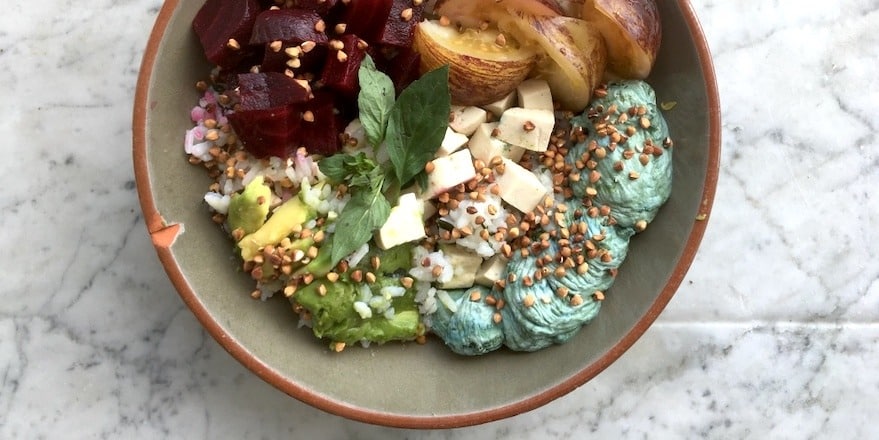
This cyanobacterium, not to be confused with an algae, is a powerful detoxifier, notably thanks to the chlorophyll it contains, contributing to the support of liver function.
Recipe ideas: in powder form, it can be mixed into a drink, green tea or apple juice, which soften its taste. It is also incorporated into smoothies and sweet or savory recipes. In flakes, simply sprinkle it over salads, eggs, or a purée to benefit from its slightly iodized taste, its lovely color, and its crunchiness.
Buy organic spirulina: my selection
I recommend Nutri&Co laboratory’s organic spirulina. It is certified organic AB and traced back to its farm of cultivation.
I recommend this spirulina especially because the quality/price ratio is very attractive (4 cents per tablet, below the market average). It contains 17% phycocyanin and is guaranteed R.A.W.™ (dried and cold-pressed).
Nutri&Co is an expert brand (see their blog in particular). And by eliminating intermediaries, they can offer high-quality products at an affordable price.
Use promo code DARWINGIFT at checkout to get a free product.
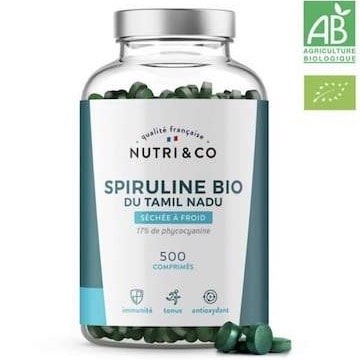
❤ I love : The excellent quality/price ratio, the organic certification, and the low-temperature drying.
★ Customer reviews (Ekomi): 4.9/5
☞ Quantity: 500 tablets / 3-month treatment
✔ Our test: Nutri&Co
16. Strawberry
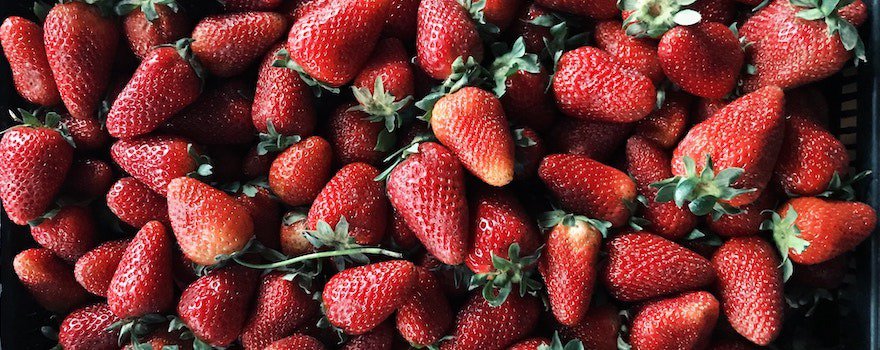
This summer fruit is very rich in vitamin C and antioxidants, it also contains salicylic acid, which is believed to have a favorable effect on the proper functioning of the liver.
Recipe ideas: preferably consumed raw and in season, in a salad for example, it can be enhanced with a bit of lemon juice and fresh mint leaves. Delicious in pastries, in skewers with bananas and kiwis, combined with avocado and cream cheese for a sweet and savory version.
17. Guarana
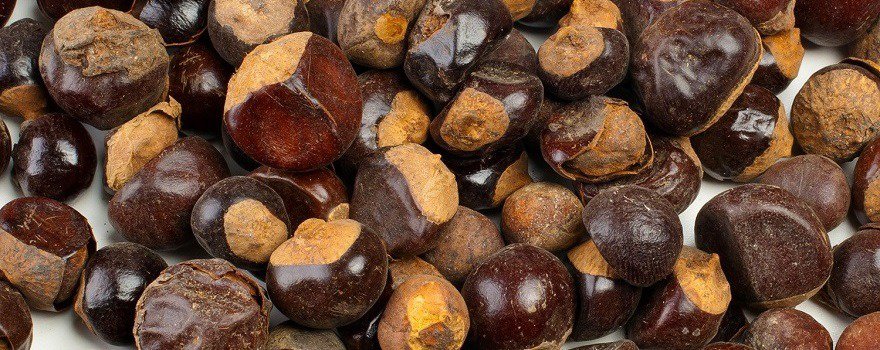
A plant native to Brazil, it is very rich in caffeine. Guarana contains four times more caffeine than coffee! And it is said to protect the liver.
Recipe ideas: the powder is easy to incorporate into our daily diet. Diluted in water, in a juice or mixed into a yogurt or a smoothie.
18. Celery
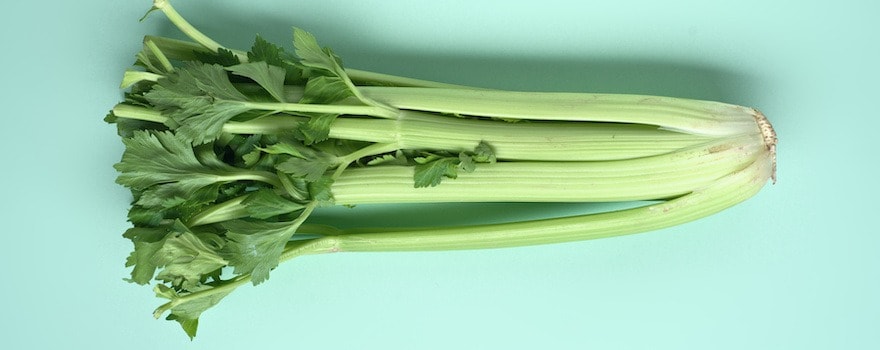
Celery is an herbaceous plant that is believed to have hepato-protective properties. Its leaves notably contain calcium, iron, and vitamin C.
Recipe ideas: celery can be consumed in juice for example with Granny apple. But also in soup or in your cooked dishes.
19. Chicory
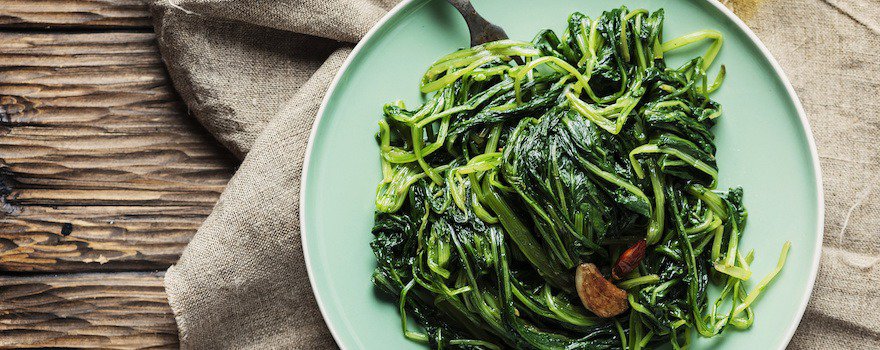
Wild chicory is a plant whose roots are sometimes roasted and consumed as a coffee substitute. Consumed in reasonable doses, it is said to have liver decongestion virtues.
Recipe ideas: in salad mixed with milder sprouts, it will soften its bitterness. Or in decoction: boil about 50 g of fresh roots and leaves in ½ liter of water and pour the drink into cups like coffee.
20. Aloe vera

A succulent plant that contains 99% water when consumed, aloe vera promotes good hydration of the body. This action impacts the liver by supporting liver function through the facilitated elimination of toxins and impurities.
Recipe ideas: incorporate its juice into your smoothies and gazpachos. You can consume it in chunks in salads, or use it as a thickener in your coulis and sauces.
The liver, what is it?
The liver weighs an average of 1.3 kg in women and 1.6 kg in men, and its size is comparable to a rugby ball! It is located on the right side of our body, in the upper part of the abdomen, below the diaphragm, to the right of the stomach.
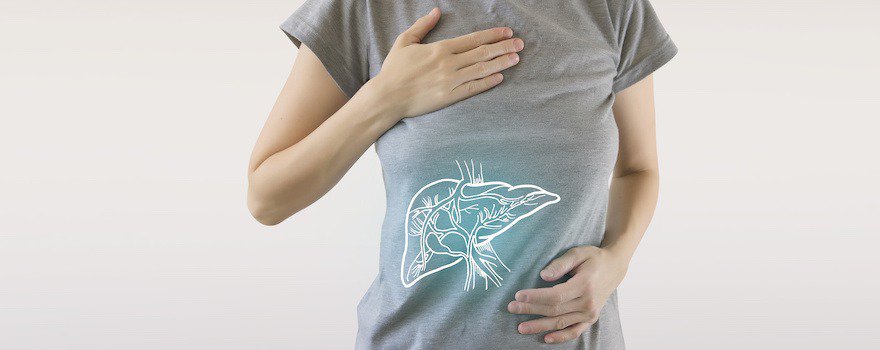
The liver is composed of four lobes divided into segments (eight in total). Each segment is made up of millions of lobules (the liver’s structural units) containing specific cells: hepatocytes.
It has the unique characteristic of being double perfused: by blood coming from the intestines, rich in nutrients, via the portal vein and by blood coming from the heart, rich in oxygen, entering via the hepatic artery.
Our liver has a remarkable capacity: in case of disease or injury, it can regain its initial size by regenerating!
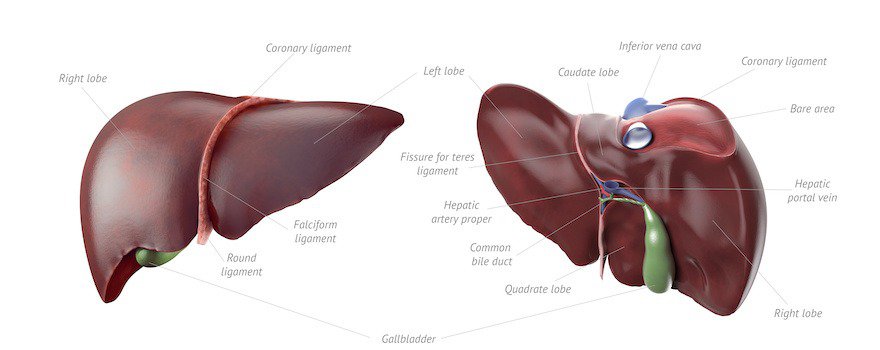
What are the main functions of the liver?
The food we consume should provide energy to our body. Nutrients (proteins, carbohydrates, lipids, vitamins and minerals) constitute the raw materials for its construction, repair, and maintenance.
The liver directly acts on each of these nutrients. The functions of each hepatocyte (liver cell) can be compared to those of a true factory: manufacturing, storing, and sorting waste are among the tasks performed by these cells!
It metabolizes sugars, the brain’s fuel
The liver helps maintain blood sugar levels (glucose in the blood) by storing part of the glucose from the intestine as glycogen and converting it back into glucose when energy is needed.
It metabolizes fats, for our energy needs
The liver produces bile, which is stored in the gallbladder before being released into the initial segment of the small intestine (the duodenum) to aid in the absorption of dietary fats.
It can create lipids from an excess of carbohydrates and then release them into the bloodstream based on the body’s energy needs.
The liver is the site for the synthesis of lipoproteins, assemblies of lipids and proteins such as VLDL (very low-density lipoprotein). They enable the transport of cholesterol and triglycerides in the body.

It metabolizes proteins, the “building blocks” of our cells
Proteins are the structural elements of our muscle, skin, and blood cells. They are chains of amino acids that we ingest through our diet, and which are broken down by the liver. This process produces a waste product, ammonia, which is then transformed into urea by the liver and eliminated by the kidneys.
The liver is also the site for the production of essential proteins such as albumin, which plays a key role in blood volume regulation. It also produces ferritin, which is involved in storing iron in the blood.
It stores vitamins and minerals
The liver can store fat-soluble vitamins (A, D, E, and K) as well as vitamin B12, iron, and copper, then distribute them according to the body’s needs. Thus, this organ contains the majority of our body’s vitamin B12 stores, about 2 to 5 mg.
The liver, a true filter
The liver also filters endogenous waste (toxins directly from our metabolism), such as ammonia resulting from protein digestion mentioned earlier. Or residues from intestinal fermentation in case of poor digestion.
It also cleans the blood of exogenous waste from residues of heavy metals, pesticides, or alcohol from our diet.
It plays a role in drug metabolism by enabling the elimination of certain orally taken medicinal substances. Once rendered non-toxic, these wastes are then expelled via feces and urine.

Hence, the liver can single-handedly handle the function of detoxification, but it can become overstimulated by an excess of endogenous or exogenous waste. This can then create hepatic congestion.
Following the end-of-year holidays, articles and offers promoting the benefits of a liver detox cure have flourished. But more than an annual quick cleanse, an adapted diet could help to support liver functions sustainably.
Precaution: people with liver disorders must follow their doctor’s recommendations as a priority.


